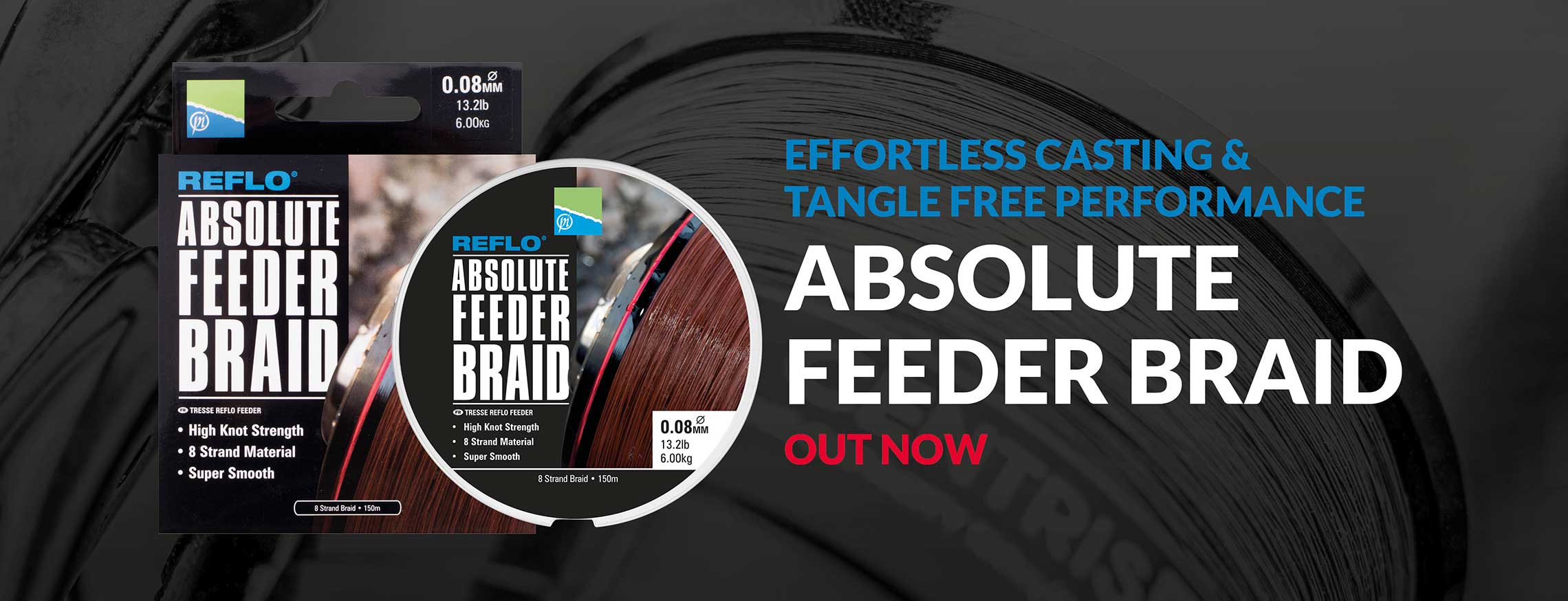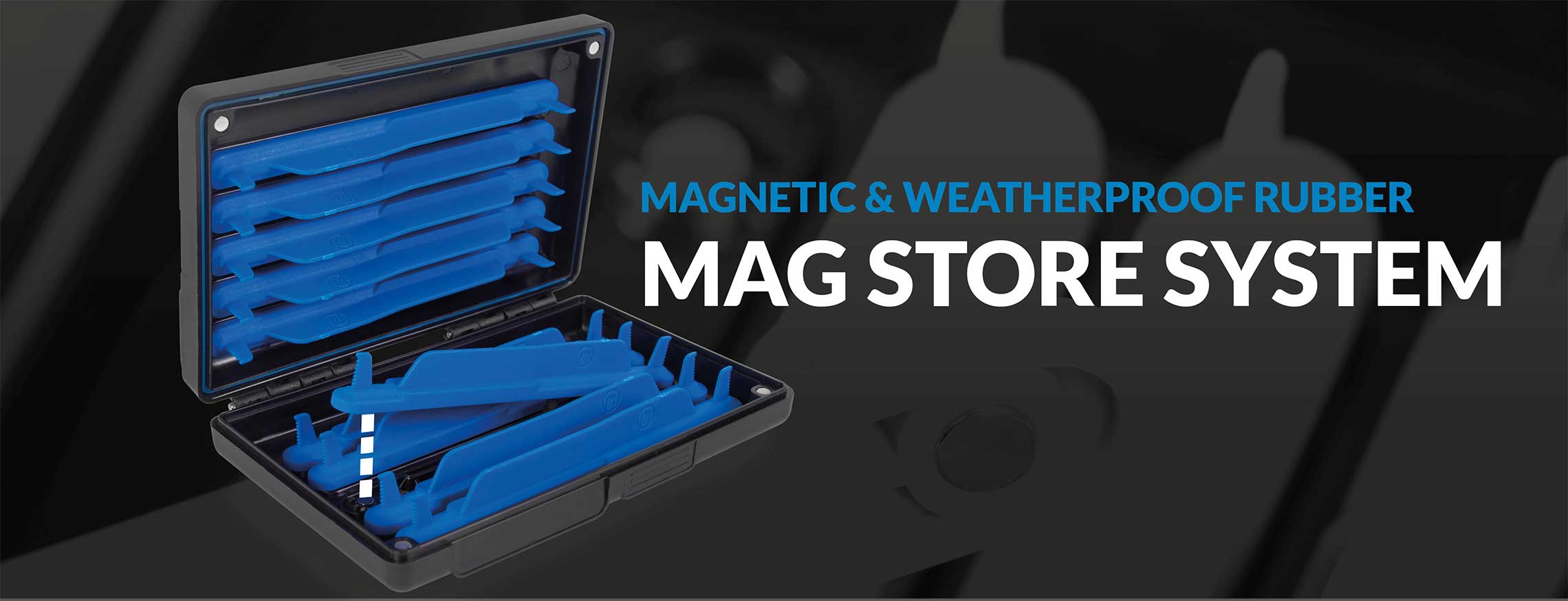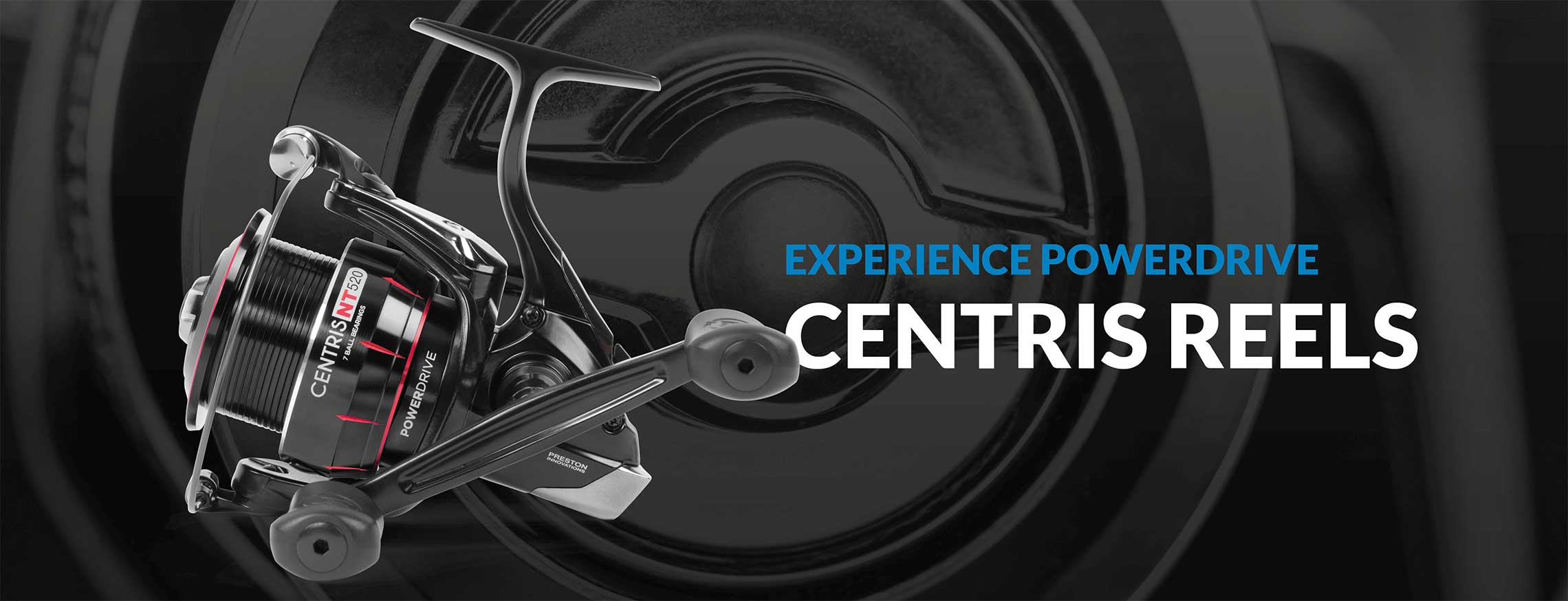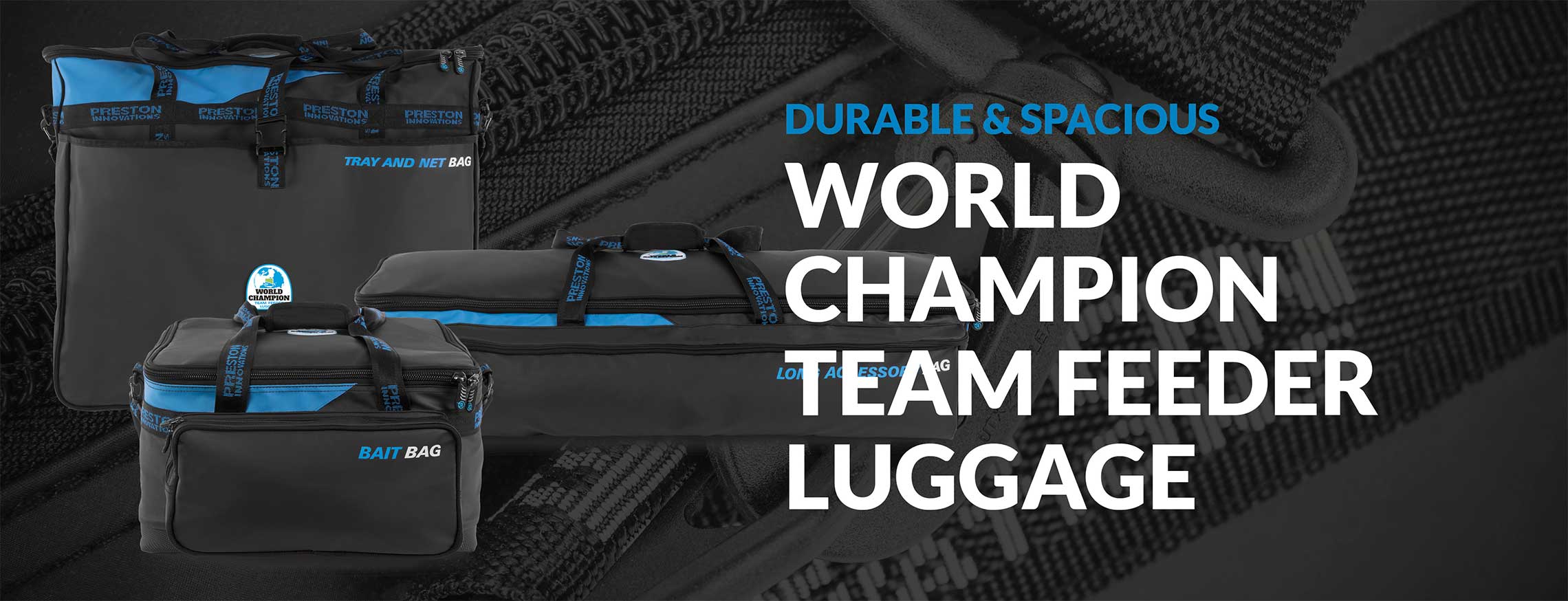Canal ace Scott Geens shows how to beat the boats on a busy canal!
Many anglers lose their head when a couple of boats come through their swim on canals. Some canals are busier than others; parts of the Grand Union Canal in summer can often look like the waterway equivalent of the M6 at 5pm on a Friday! But there are a few ways that you can use this to your advantage...
During the holiday period, the number of boats will increase with holiday makers and day hire on boats. Unfortunately, these novice boaters are normally the type that can ruin your track swim, who have little idea of how to slow down, or what direction they are going in and often lead to a large amount of muffled cussing!
Having fished the canals regularly for many years, I know of a few ways to make the most of your peg during periods of heavy boat traffic and give yourself the best chance of consistently putting fish in the net.
Where to start?
So what’s the best way to stop boat traffic affecting your fishing?
Well, the easiest way is to feed all of your bait against the far bank. This is one area of the canal that receives the least amount of traffic from the boats and doesn’t get stirred up like the main track of the canal will.
Feeding you bait on the far bank can protect your bait and hold fish in your peg for longer
After arriving at the peg I’ll put my box down and assess what I have in front of me. I’m looking to find small gaps in the bushes or brambles, or the side of an overhanging bush. Those features that just scream fish!
If you’ve got something – fish to it. If you get to your peg to find a bare concrete wall, or bare bank then the second point becomes much more important.
It’s vital that you spend time plumbing up your peg to know what’s about. Don’t fish too shallow, the fish won’t build up confidence when feeding, you’ll either spook the swim after a couple of fish, or even worse, you don’t get any bites at all.
Scott Geen's; 'Don't fish too shallow, the fish wont build up confidence when feeding'.
Even if it means coming slightly further off the far bank, away from the bushes, or into a different hole that you hadn’t thought about before.
2 - 2 ½ feet is ideal when looking to attract a range of species. Anything that swims in a canal will be confident feeding in that depth, especially important when you can expect a wide range of species.
Spend a bit of time looking for changes in depth. You might be surprised at how it can change in a short distance. While plumbing up it’s also worth trying to find snags that may be hidden from view.
On a lot of canals, especially those with high boat traffic and coloured water, you may not be able to see how far out the brambles come. It’s only when you place your rig in without a plummet attached, that you find a hidden bramble that can cause no end of problems!
Only when I’m happy that I can strike without putting my rig 3ft up in a tree and I can land a fish without it hanging my hook into a snag will I move onto bait.
You'll be surprised what you can catch when you take Scott's advise, even on the busiest of canals!
Bait Choice
When I know that there are a range of species present I’ll take only four baits with me. Two very obvious selections that will catch a huge number of fish – worms and casters. These will catch perch, roach, chub, hybrids, even eels. It also gives me plenty of hookbait options with single or double casters, whole, a section or even just the worm’s head.
Third, is hemp. It is always on my side tray as it is a bait that all fish love. The fourth is groundbait. Instead of feeding the balls down the track, where the boat will disturb the bait, I’ll feed two balls tight across on the far bank to kick off the swim. The groundbait is laced with hemp and used as a carrier for the chopped worms and casters.
I like to use a
50/50 mixture of Sonubaits
Supercrumb Black and
Supercrumb Lake. Having been designed by some of the country’s best match anglers, I have full confidence in the pulling power and effectiveness of them.
If you’re not familiar with canal fishing and want to give it a go there’s one rule when it comes to feeding bait. Don’t cup in your bait just before or straight after a boat has been through your peg. Even if it passes at the all-in! Wait a couple of minutes until the disturbance has settled. You only have to watch what happens to your keep net as a boat passes to imagine what your light ball of groundbait does.
Tough Tackle
I try not to fish too light when fishing against the snags for a range of fish. I’d rather land everything I hook than risk losing all of my tackle and the fish in the trees!
My rigs are tied using
0.11mm Reflo Power, a line that has stood the test of time and I know is right for the job. A super tough
0.2g Tyson 2 dibber float is my choice, even if my rig gets dragged through a bush I can be confident that the float will be untouched.
I’ve tied the
0.11mm to a size
16 PR 344 hook. I like to use a reasonably fine wire hook, but one that will give me confidence that when I pull back to extract the fish from the snags it won’t spring open. The size
16 is a good size for burying inside a single caster, yet big enough for a double caster or worm hookbait.
A few years ago if I told you that I was using hollow elastic on the canal you would have laughed. Today there are a range of situations where I wouldn’t be without it.
The properties of hollow elastic allows it to be soft upon the strike but it soon powers up when you are pulling away from the far bank. With this in mind I’ve opted for a size
12 Dura Hollo.
The Session
Today, I’ve come to a stretch of the Shropshire Union Canal. This particular length of the canal is run by Hodnet AC. I know from previous experience that it contains a number of big chub, roach, perch and some hybrids. There’s even the chance that a carp could decide to muscle in on the action. I’ve chosen this bit of canal due to the high traffic, with plenty of boats up and down the canal it will be a good way to show the effectiveness of the method that I’ve described.
I’ve found two nice holes in the far bank. Both fortunately are the same depth, allowing me to use the same rig! Into each of these gaps in the trees I’ve cupped in two balls of the 50/50 mix of
Supercrumb Lake and
Supercrumb Black laced with hemp, and also cupped in a mixture of chopped Dendrobaena worms and casters over the top.
You don't have to feed too much at the start!
I’ve opted for a worm for the first put-in. If there’s a chub or two about you have a good chance to catch them straight away. Unfortunately, it wasn’t to be today and my first bite didn’t come for just over half an hour. I met a fast dip on the Tyson dibber with a firm strike before throwing the pole back as fast as possible. When you don’t know what you’ll hook next, this is the only way to ensure anything you hook gets put into the net.
Make sure you are aware of where you have to ship back to. If there are lots of people walking up and down the bank be aware of anyone passing before you knock someone over! After a short fight under the top kit a small perch of around 6oz hits the net.
A switch to a double caster hookbait shortens the time between bites and after a succession of smaller perch I finally latch into something a bit bigger. After a short, but spirited battle of which I thought was a chub, turned out to be a hybrid of around 10oz.
The boat traffic is starting to get busier. I’ve already had two boats pass through my peg at the same time, not a common thing but it shouldn’t affect the swim. Soon after, a string of hybrids are placed into the net.
I like to loose feed with a catapult on canals like this. I’ll feed mainly casters and occasionally some hemp. The hemp makes plenty of noise when it hits the surface, helping to draw fish in.
After only five hours of fishing I’ve caught a good number of hybrids plenty of perch and even managed a lone rudd and a bonus eel. By topping up with small balls of groundbait I’ve kept the fish concentrated on the two lines all day long, without having to start from scratch with boats washing away my feed!
Follow Scott's advice and you can bag a catch like this, even on a busy canal!













